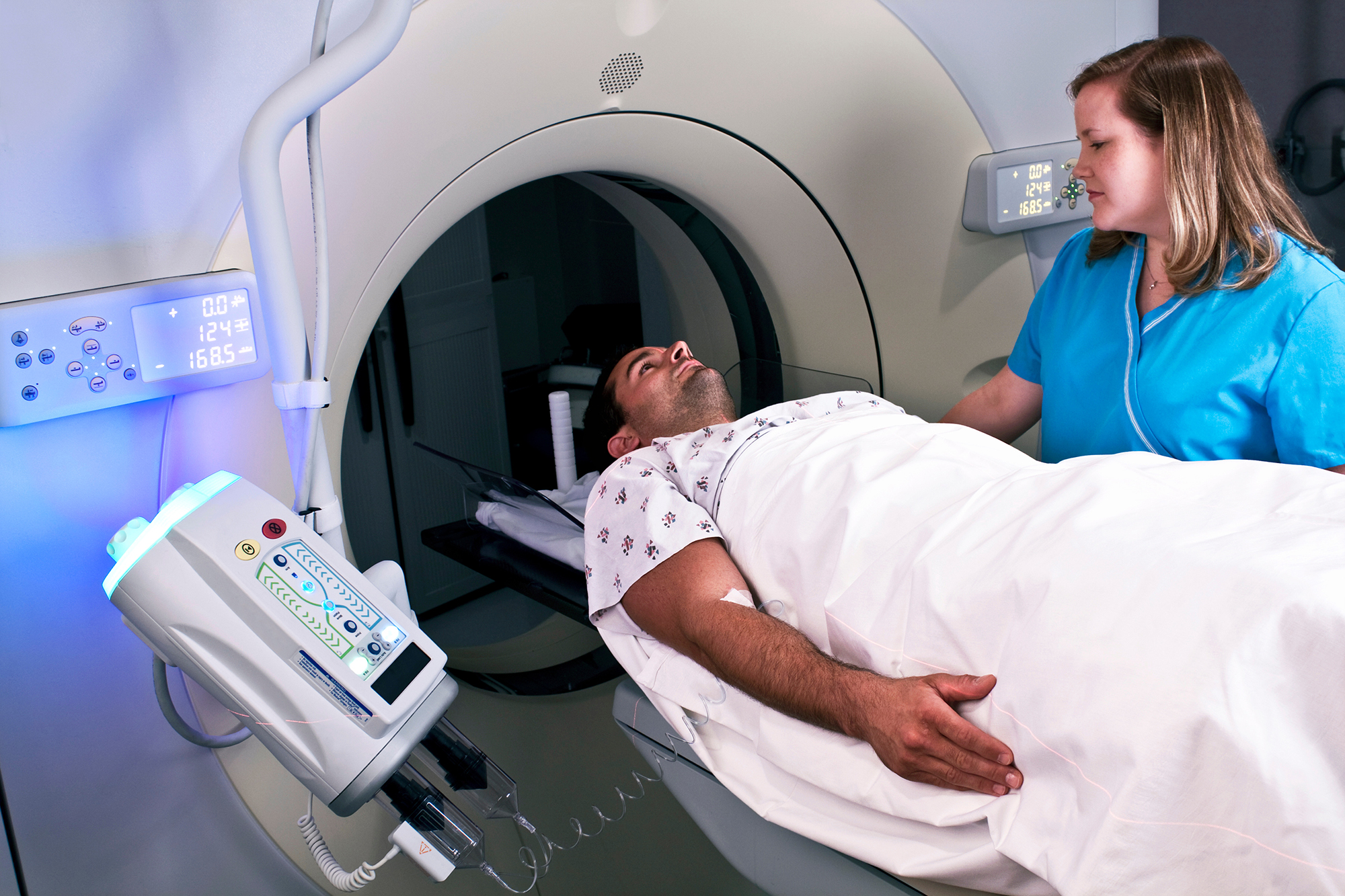The Radiation Risks of CT Scans: A New Perspective on Cancer Potential

At a Glance - Recent research has provided updated estimates regarding the potential cancer risks associated with the use of CT scans in the United States. The findings suggest that minimizing unnecessary CT scans and lowering radiation doses during these procedures could significantly reduce the incidence of cancer among the population.
Computed Tomography (CT) scans serve as an invaluable medical imaging tool, employing X-rays in conjunction with computer technology to produce detailed three-dimensional images of a person's internal structures. While CT scans play a crucial role in improving health outcomes by facilitating accurate diagnoses across a variety of medical situations, they also expose patients to levels of radiation that may elevate their risk of developing cancer over time.
Historically, researchers have estimated the cancer risks associated with CT scans during earlier periods, when the frequency of scans was lower, albeit with potentially higher radiation doses. A new study led by Dr. Rebecca Smith-Bindman from the University of California, San Francisco (UCSF), has sought to re-evaluate how current practices in CT imaging may contribute to future cancer cases in the U.S. To achieve this, the researchers utilized the UCSF International CT Dose Registry, a resource funded by the National Institutes of Health (NIH), which houses data on individual CT exams collected from more than 140 healthcare facilities spread across 20 states.
This comprehensive data set enabled the team to analyze the usage trends of CT scans and their variations based on demographic factors such as age and sex. Furthermore, the researchers were able to estimate the number of patients who underwent scans and categorize this data accordingly.
To assess the potential impact of radiation exposure from CT scans on lifetime cancer risk, the team employed the Radiation Risk Assessment Tool (RadRAT) developed by NIH's National Cancer Institute. The results of this study were published in the esteemed JAMA Internal Medicine on April 14, 2025.
According to a national survey that examined hospitals and imaging facilities, approximately 93 million CT scans were conducted in the U.S. during 2023. The researchers found that 96% of the individuals receiving CT scans were adults, while the remaining 4% were children under the age of 18.
Utilizing the UCSF registry data in conjunction with RadRAT, the research team estimated that the use of CT scans in 2023 could be responsible for the development of nearly 103,000 future cancers. If the current trends continue, it is projected that CT scans could account for approximately 5% of all new cancer diagnoses in the U.S. each year.
Among the types of CT scans performed, abdominal and pelvic scans contributed to the highest number of projected cancer cases, representing about 40% of the total. The study identified lung cancer as the most common type associated with CT scan exposure, closely followed by colon cancer. Notably, the projected cancer risks per CT scan were determined to be higher in children compared to adults, particularly among infants under one year of age. However, due to the fact that the majority of scans are conducted on adults, the bulk of projected cancer cases also resides within that demographic.
These updated findings provide critical insight into the potential cancer risks related to CT scans, revealing a risk level comparable to well-known factors such as alcohol consumption and excess body weight. Despite this, the researchers underline that the advantages of CT scans often outweigh the associated risks.
Dr. Amy Berrington de Gonzlez, co-author of the study and an expert at the Institute for Cancer Research in London, emphasized, Its important to note that for the individual patient, this increased risk is small, and the benefits far outweigh the risks if the scan is clinically justified. However, she also pointed out that when millions of CT scans are performed across the population, these seemingly minor risks can accumulate significantly.
While CT scans are undeniably a critical diagnostic tool, they are sometimes employed in scenarios where their necessity may be questionable. By cutting down on such unnecessary procedures, the medical community could potentially lower cancer rates without compromising the ability to accurately diagnose medical conditions. Alternatives such as ultrasound and magnetic resonance imaging, which do not involve ionizing radiation, can often provide suitable diagnostic solutions. Additionally, the radiation doses administered during CT scans can vary widely; thus, employing the minimum dose necessary for achieving diagnostic accuracy could also mitigate cancer risk.
Dr. Smith-Bindman concluded, Reducing the number of scans and reducing doses per scan would save lives.
by Brian Doctrow, Ph.D.





















